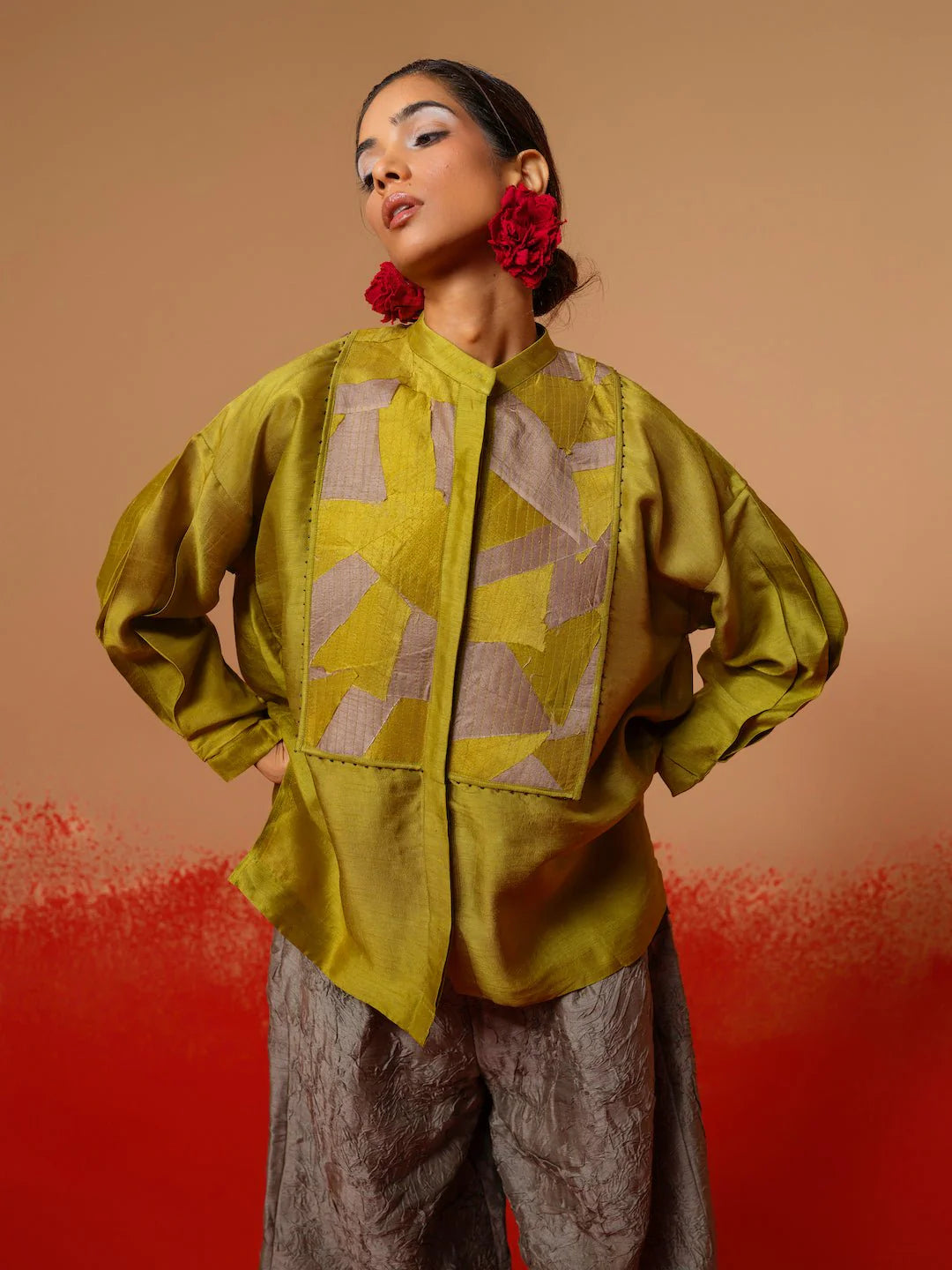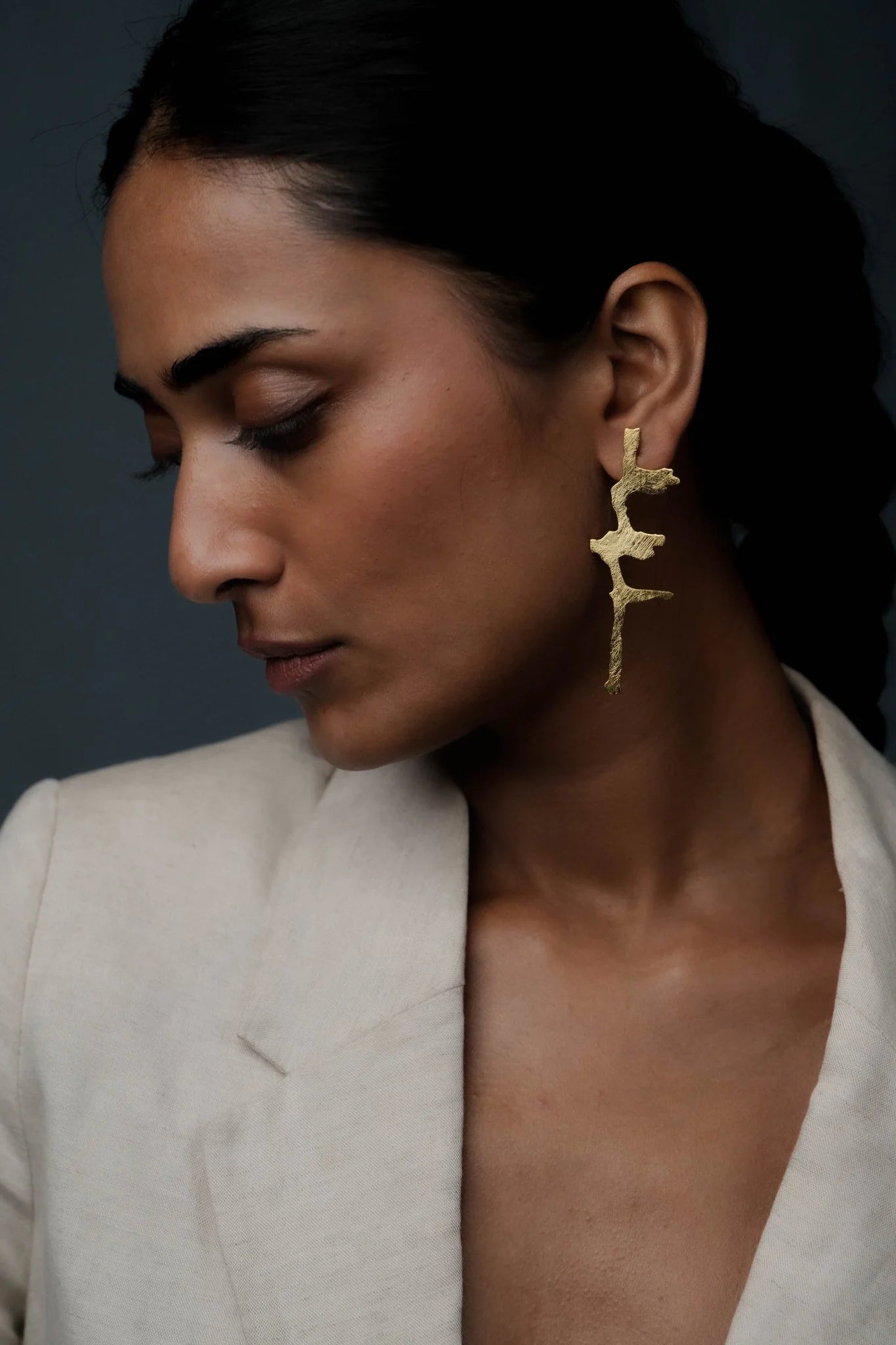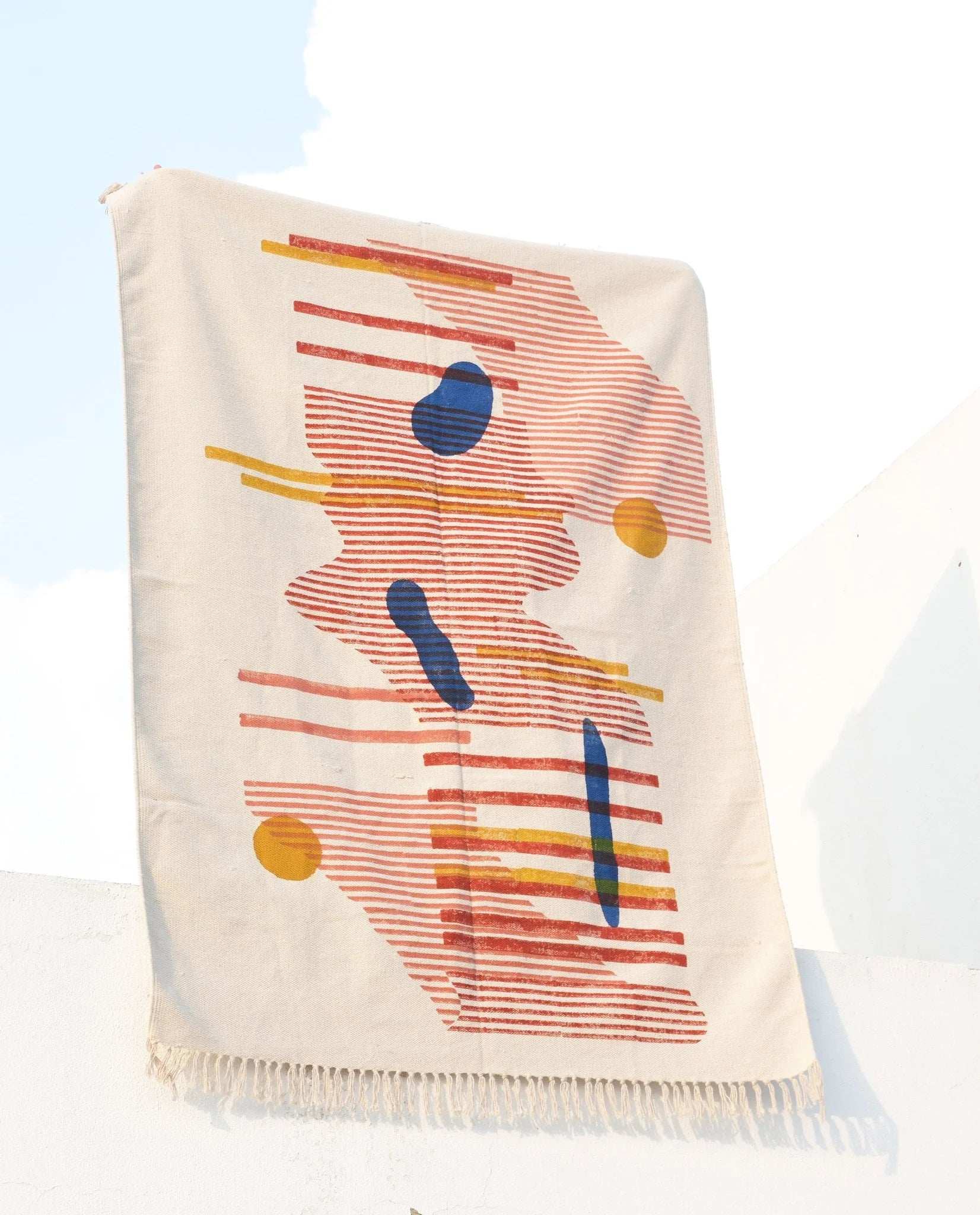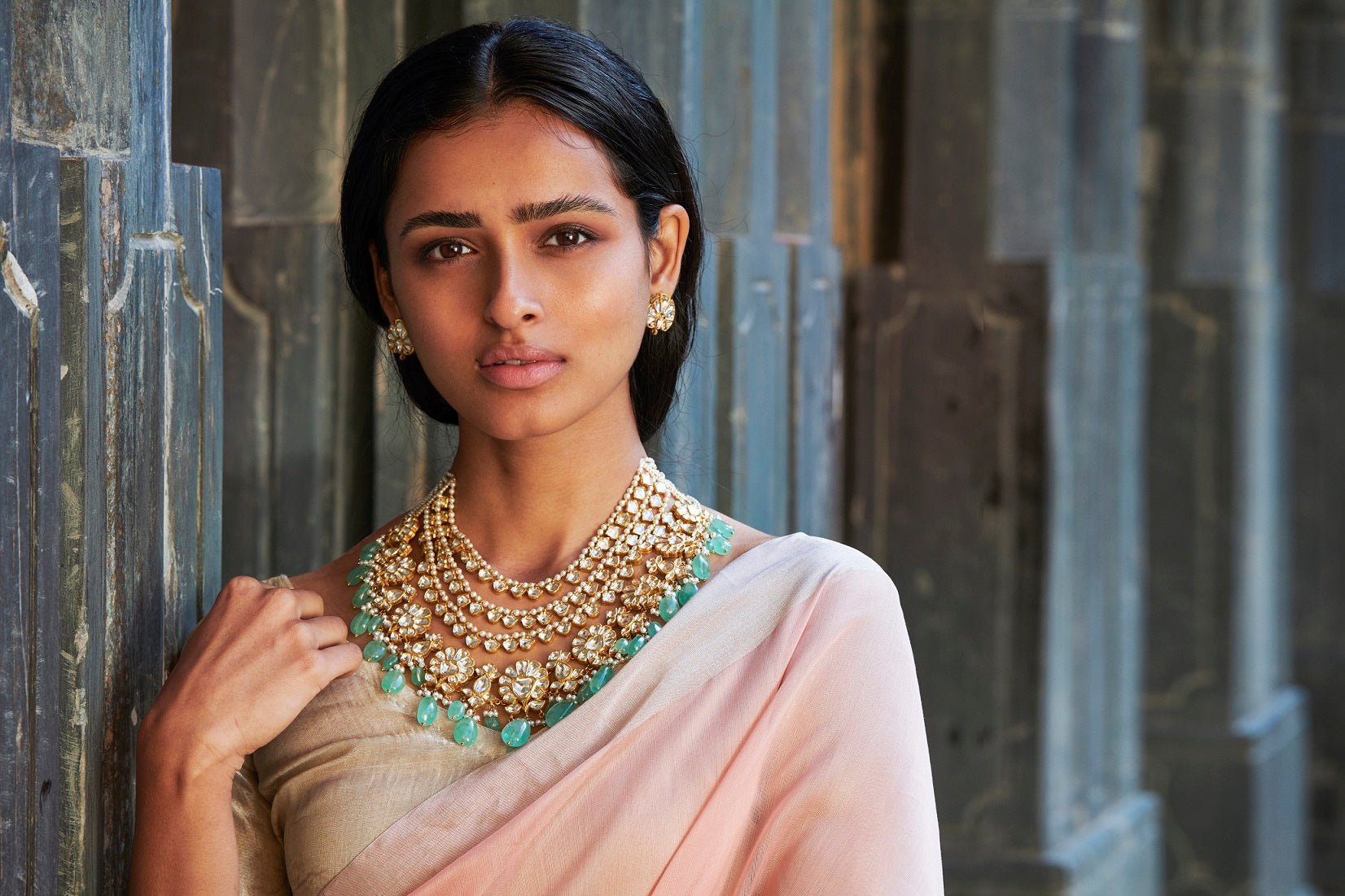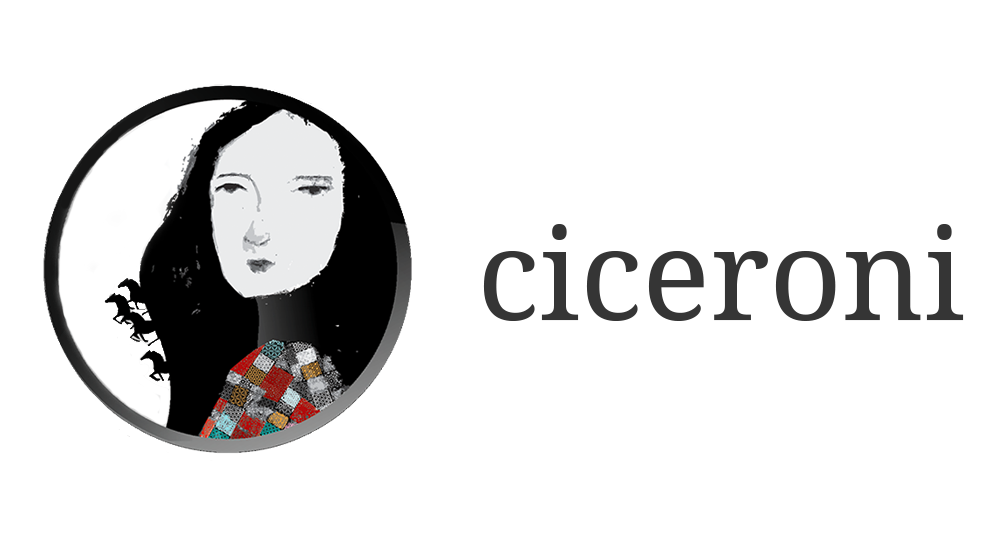Looking to invest in jewellery this season?
WAIT!
For most jewellery enthusiasts, shopping before the Covid phase was primarily driven by trends, festivities and weddings. But now, given the unpredictable health concerns, the shopping experience will never be the same. The sudden closure of shops and stores, the halt in exhibitions and the big- fat Indian weddings have caused the jewellery brands and retailers in India to re-evaluate their brick and mortar business models.
As the world slowly resumes back to the old accepting that nothing will ever be the same, it’s time to see how much has the pandemic crippled and transformed the jewellery industry for good.
Ciceroni analyses the look and feel of the jewellery industry with the industry experts and leading jewellery makers in the country.
According to the Indian Gems and Jewellery Industry Report, July 2020, “the gems and jewellery sector in India plays a very significant role in the Indian economy, contributing to country’s GDP and 15% to India’s total merchandise export. It employs over 4.64 million people, which is expected to reach 8.23 million by 2022, making it the fastest growing sectors, it is extremely export oriented and labour intensive.”
The Challenges
In India, the relationship between the jewellery and the customer is deeply rooted to traditions as it is often passed through generations like an heirloom. Known to be an important investment, the tradition of jewellery buying in India begins with its making. The jewellery manufacturing is manpower driven. With the sudden lockdown, most of the karigars and craftsmen were forced to head back to their hometowns, slowing the overall the jewellery making process. Addressing the issue, Jewellery Designer Sunita Shekhawat, Founder of her eponymous jewellery label based out of Jaipur, stated “Most of our workers are based out of Jaipur, however with a few having gone back to their hometowns. It has definitely affected the business in the long run as many of our profits depend on the clients turn around. It is a chain effect.”
Another major challenge adding to the misery of jewellery owners is the huge piles of inventory waiting to be sold with insufficient footfalls. Though few of them are counting on e-commerce to boost their sales, the deliveries are a major setback. The demand has also considerably fallen with customers cancelling their orders at the last minute as they remain worried about their incomes. As the consumers rethink their way of shopping, the price points of jewellery are starting to make a difference. Luxury designers and jewellery brands who cater only to the high-end consumers have seen a massive decline as they have prices starting at Rs. 50,000 and going upwards. Bridal and luxury jewellery cannot be shopped online as they increase the chances of malpractice and fraud.
With social distancing becoming the new normal and consumers adopting to digital media and e-commerce, it may happen that unlike before, the customers may find it difficult to try out jewellery pieces and they may have to be sanitized more often for consumer use. This changing consumer buying pattern has forced the jewellers to resort to digital media, online consultations, virtual shopping and WhatsApp and Instagram queries to keep the sales consistent. Dealing with the issue, Ketan and Jatin Chokshi of Narayan Jewellers, Vadodara said “As of now, we are focussing on understanding the needs of the customers and ensuring that the right kind of product is delivered to them. Our digital presence has also helped us a lot. This pandemic has allowed us to promote our brand and product digitally and communicate with our customers in a much better way. One should promote the brand in every possible way, be it on today’s digital media or by offering good discounts.”
The Brighter Side
The pandemic has also made the consumers aware about their endless shopping sprees and the excessive expenses. Explaining the changing consumer buying patterns and demands during the lockdown, Sunita Shekhawat said “Coronavirus pandemic has impacted all the sectors across the globe, the luxury jewellery market being no exception. As the coronavirus scare has gripped potential buyers and existing clientele, the fine jewellery industry has lost its charm for now. There has been a change in the buying pattern amongst the customers, people come with a lower budget than before. People are not comfortable with stepping out of their homes and visiting the stores. We are trying to schedule appointments via video calls and take the customers through our collections. It’s a bit challenging, especially when it comes to fine jewellery. One of the biggest trends seen from the pandemic is the shift to more virtual ways of running a business. For instance, connecting with clients via Instagram, creating the opportunity to secure future potential clients based on that relationship.”
The ongoing restrictions on travel have hit the export- import of jewellery for both small and medium enterprise, but, with a silver lining. Highlighting the advantage of the hindered travel, Puja Sanghavi, a Jewellery designer from Surat and Founder- Amaira shares “Though the lockdown across countries has definitely hindered our exports but at the same time, the concentrated demand of consumers for local brands is good push for our business. The consumers are now being more conscious of buying from Indian brands itself.”
Shopping jewellery has never been an issue to India’s jewellery lovers. Large amount of jewellery shopping takes place around weddings and festivities. And, with weddings made a private event than a public one, most of the brides prefer to adorn their heirloom jewellery pieces that are classic in design and making instead of opulent and regal ones.
Sharing her recent shopping experience for her daughter’s wedding, Renuka Nair said “In these times when weddings are a private affair and when safety is a major concern, it is best to avoid visiting jewellery stores unless it is unavoidable. With the gold prices soaring beyond a common man’s reach, it is difficult to shop at the moment. My daughter chose to adorn her grandmother’s temple jewellery and my bejewelled choker. Now is the time to embrace classics; no matter what the occasion is and year, they are here to stay.”
However in certain communities and cultures, demand for bridal jewellery will never take a hit, come what may. Talking about the demand as seen through her brand, Sunita Shekhawat known across the country for specialising in kundan- meena enamel based jewellery, expresses her happiness over the wedding season saying “Weddings have resumed at large as per the guidelines by Government. Therefore, now we see good demand for bridal jewellery to the surprise of our industry. We were expecting people to postpone big fat Indian weddings and defer jewellery purchases due to the current situation. That did not happen and many families are going ahead with weddings as scheduled. People are all set to shop again which was not expected. We are hoping the bridal season will be better and things will quickly get back to normal.”
Necessity is the mother of all invention. Designers are resorting to restyling of one piece of jewellery in different ways taking heed from its fashion peers. By giving a consumer an option to wear jewellery in different ways by removing or adding attachment, designers are nailing this invention in the times of lesser spend.
Mithun Sacheti, CEO – Caratlane during the webinar hosted by The Gem and Jewellery Export Promotion Council said “Innovation is the key. We have a serious challenge coming up. Gold is almost nearing fifty thousand rupees. What the customer could afford at 30,000 rupees, the look of that product is dramatically going to change right now. And if we do not innovate on the ability of building larger looking products at lower weights, we are going to really struggle.”
“For this upcoming wedding season, we have designed more wearable pieces which are reversible and detachable as well. Jewellery pieces with such techniques are most popular as the same piece can be worn and styled in different ways for different occasions. For e.g. A maang teeka which is generally worn on the wedding day can be converted to a pendant” adds Sunita as she talks about the jewellery trends in this tumultuous times.
Known for its opulent celebrations and grandeur, Indian consumers never compromise on shopping. Be it impulse shopping on e-commerce or safely shopping at retail outlets, be it diamonds or gold, the Indian jewellery industry as the industry experts say, will come around, not the same way, but just how it should be.

